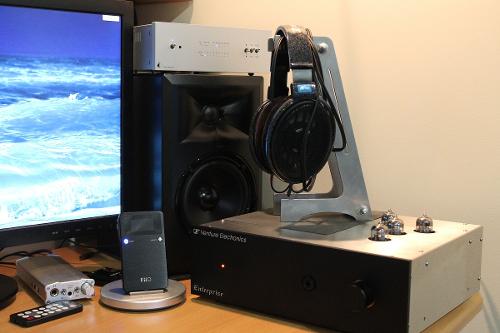General Information
The advanced DAC Box RS is a reference-class D/A converter for all kinds of digital stereo sound sources. It superbly acts as a superior USB audio interface for demanding computer audio, also features AES/EBU input and I²S interface for use with CD Box RS. For the engaged audiophile we provide full DSD capability (up to DSD128) over PCM. All inputs fully support 24/192kHz HD music data (optical inputs 96/24) in fully asynchronous mode.
Additionally DAC Box RS incorporates a pair of the best audio grade DAC chips, PCM 1792, which only can be found in expensive high-end designs. 2 different digital filter settings are selectable to meet your favourite sound preferences. Additionally we realized that its also depending on customers taste and type of music/recording, what technology for the outputstage is preferable. More warm and relaxed sounding with Tubes or Solid State Class A with limitless details and dynamics. The DAC Box RS has both options to select!
The whole audio circuitry design is ultra low noise and ultra linear with very low output impedance to avoid any negative interference with cables or pre-amps.
Additionally DAC Box RS incorporates a pair of the best audio grade DAC chips, PCM 1792, which only can be found in expensive high-end designs. 2 different digital filter settings are selectable to meet your favourite sound preferences. Additionally we realized that its also depending on customers taste and type of music/recording, what technology for the outputstage is preferable. More warm and relaxed sounding with Tubes or Solid State Class A with limitless details and dynamics. The DAC Box RS has both options to select!
The whole audio circuitry design is ultra low noise and ultra linear with very low output impedance to avoid any negative interference with cables or pre-amps.






































